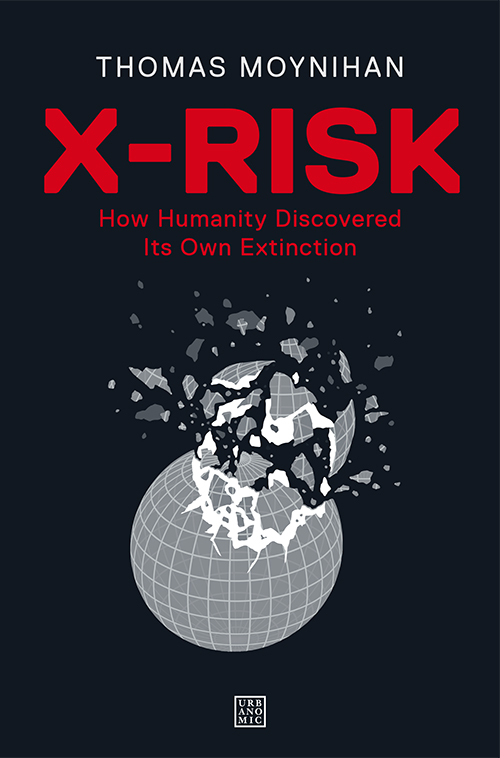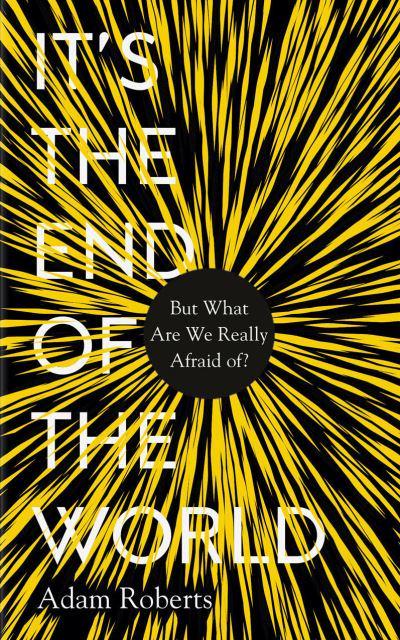There’s an episode of The Twilight Zone I watched as a kid called “Time Enough At Last.” I don’t remember all of it, just the end: There’s a man, a bibliophile, he’s the last person left on earth, and he’s ecstatic because he’s surrounded by books. Then he breaks his glasses.

One book the protagonist probably wouldn’t want to read in his new-found post-apocalyptic solitude is X-Risk: How Humanity Discovered Its Own Extinction by Thomas Moynihan (Urbanomic, 2020), a book about human extinction, and more specifically humanity’s discovery of its own extinction. The timeline that prefaces the text runs from that widespread volcanic activity of 75,000 BP that nearly wiped out humanity to the 2020 Covid-19 pandemic, which is still claiming countless human lives daily. We’ve always already been at risk.
The specific focus of X-Risk is an interesting one. The reflexivity, the self-awareness of the end of humanity is different from just being generally eschatological. Deep yet somehow gleeful, Moynihan’s exhaustive account of historical apocalypse as well as the “mental time travel” of forecasting doom to come feels as final as it is fun to explore.

Birkin says to Ursula in D. H. Lawrence’s Women in Love (1920):
“I abhor humanity, I wish it was swept away. It could go, and there would be no absolute loss, if every human being perished tomorrow. The reality would be untouched. Nay, it would be better.”
Lawrencian misanthropy aside, It’s the End of the World by Adam Roberts (Elliot & Thompson, 2020) is more about the end of the world than just the end of humanity. I know that unless you’re a strict OOO adherent, those are the same thing, but the way they’re written about is quite different. For, as Roberts points out, the beauty of Birkin’s vision of extinction is only possible if it is available to be observed.
Roberts book considers the end from all perspectives, from literature (obviously) and technology run amok, to plagues, entropy, and climate calamity. It’s sometimes whimsical and sometimes not so much. As Roberts puts it, “the end is final, and yet it also represents a strange new beginning.” So, be careful with those glasses, just in case.
I marshal the middle between Mathers and McLuhan.
Editor of Boogie Down Predictions (Strange Attractor, 2022), author of Dead Precedents (Repeater, 2019) and The Medium Picture (UGA Press, 2025), among others.
